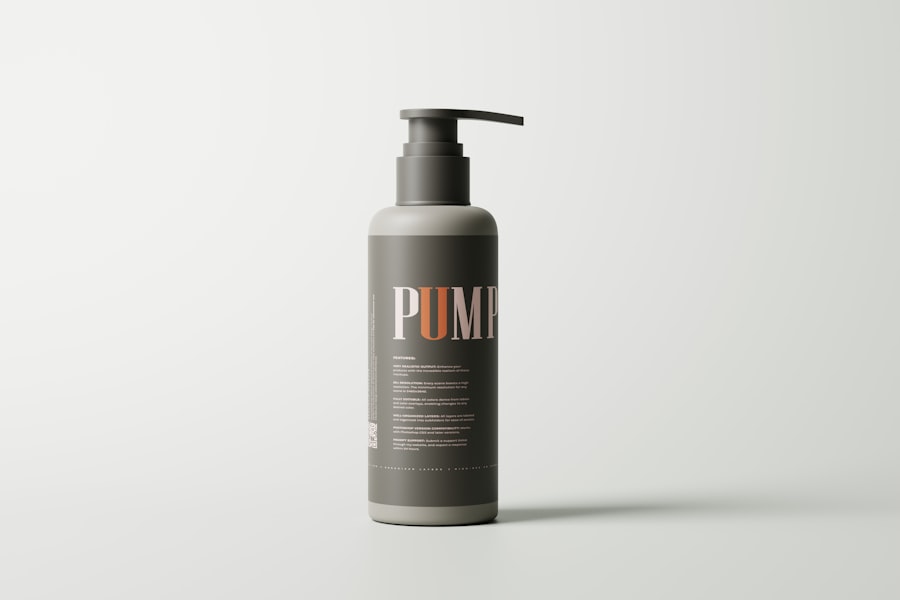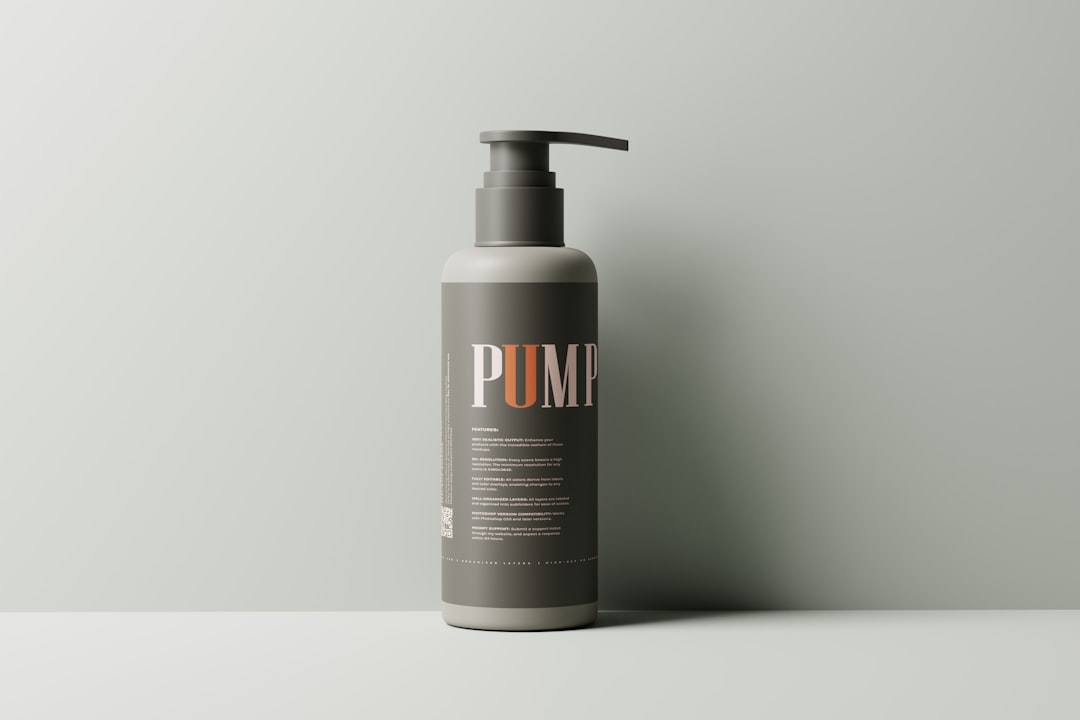Laser hair removal is a popular cosmetic procedure that utilizes concentrated beams of light to target and eliminate unwanted hair. The technology behind this treatment is based on the principle of selective photothermolysis, where the laser energy is absorbed by the pigment in the hair follicles. This process effectively damages the follicles, inhibiting future hair growth.
As you consider this option, it’s essential to understand how it works and what to expect during the treatment. The procedure is typically performed in a clinical setting by a trained professional. You may find that multiple sessions are necessary to achieve optimal results, as hair grows in cycles, and not all hair is in the same growth phase at any given time.
The effectiveness of laser hair removal can vary based on several factors, including your hair color, skin type, and the area being treated. Generally, individuals with lighter skin and darker hair tend to see the best results, as the contrast allows the laser to target the hair follicles more effectively.
Key Takeaways
- Laser hair removal uses concentrated light to target and destroy hair follicles, leading to permanent hair reduction.
- Before your laser hair removal treatment, avoid sun exposure and tanning beds, and refrain from plucking or waxing the treatment area.
- After your treatment, protect your skin from sun exposure, avoid irritants and harsh products, and maintain hydration and moisture.
- To manage discomfort and side effects, use cool compresses, aloe vera gel, and over-the-counter pain medication as needed.
- Long-term skin care maintenance after laser hair removal includes regular moisturizing, exfoliating, and using sunscreen to protect the treated area.
Preparing for Laser Hair Removal Treatment
Consultation and Medical History
You should schedule a consultation with your practitioner to discuss your medical history, skin type, and any medications you are currently taking. This initial meeting is an excellent opportunity for you to ask questions and express any concerns you may have about the procedure.
Pre-Treatment Guidelines
Your practitioner will likely provide you with specific guidelines to follow in the days leading up to your treatment. In the weeks prior to your appointment, it’s advisable to avoid sun exposure and tanning beds, as tanned skin can increase the risk of complications during treatment. Additionally, you should refrain from waxing or plucking hair in the targeted areas for at least four weeks before your session.
Shaving and Hair Preparation
Shaving is usually recommended instead, as it leaves the hair follicle intact while removing the visible part of the hair above the skin. This preparation will help ensure that the laser can effectively target the hair follicles during your treatment.
Post-Treatment Care Instructions

After your laser hair removal session, following post-treatment care instructions is vital for achieving the best results and minimizing any potential side effects. You may notice some redness or swelling in the treated area, which is a normal reaction. Applying a soothing gel or cream recommended by your practitioner can help alleviate discomfort and promote healing.
It’s essential to keep the treated area clean and avoid any harsh products for a few days following your session. You should also avoid hot baths, saunas, or intense workouts for at least 24 hours after treatment. These activities can exacerbate irritation and increase the risk of complications.
Instead, opt for cool compresses to soothe any discomfort and allow your skin to recover. Staying vigilant about your skin’s condition during this time will help you identify any unusual reactions that may require further attention from your practitioner.
Managing Discomfort and Side Effects
| Discomfort and Side Effects | Metrics |
|---|---|
| Number of patients experiencing discomfort | 235 |
| Types of side effects reported | nausea, fatigue, headache, dizziness |
| Severity of discomfort on a scale of 1-10 | 6.5 |
| Number of patients requiring intervention | 78 |
While many individuals tolerate laser hair removal well, some may experience discomfort or side effects during and after the procedure. You might feel a sensation similar to a rubber band snapping against your skin during treatment, which can be uncomfortable but is generally brief. If you have concerns about pain management, discuss them with your practitioner beforehand; they may recommend topical anesthetics or cooling devices to enhance your comfort during the session.
Post-treatment side effects can include redness, swelling, or mild itching in the treated area. These symptoms typically subside within a few hours to a few days. If you experience persistent discomfort or notice any unusual changes in your skin, such as blistering or excessive swelling, it’s crucial to contact your practitioner promptly.
They can provide guidance on how to manage these issues effectively and ensure that your recovery progresses smoothly.
Protecting Your Skin from Sun Exposure
One of the most critical aspects of post-laser hair removal care is protecting your skin from sun exposure. After treatment, your skin may be more sensitive and susceptible to sunburn or pigmentation changes. To safeguard your skin, it’s essential to apply a broad-spectrum sunscreen with an SPF of at least 30 whenever you go outside, even on cloudy days.
In addition to sunscreen, wearing protective clothing such as hats or long sleeves can further shield your skin from harmful UV rays. If possible, try to avoid direct sun exposure during peak hours when the sun’s rays are strongest.
By taking these precautions, you can help prevent complications and ensure that your skin heals properly after laser hair removal.
Avoiding Irritants and Harsh Products

In the days following your laser hair removal treatment, it’s essential to be mindful of the products you use on your skin. Avoiding irritants and harsh ingredients will help minimize discomfort and promote healing. Steer clear of exfoliants, retinoids, and products containing alcohol or fragrances for at least a week after your session.
These ingredients can irritate sensitive skin and hinder recovery. Instead, opt for gentle cleansers and moisturizers that are free from harsh chemicals. Look for products specifically designed for sensitive skin or those recommended by your practitioner.
Keeping your skincare routine simple during this time will allow your skin to recover without unnecessary stress from potentially irritating products.
Maintaining Hydration and Moisture
Keeping your skin hydrated is another crucial aspect of post-laser hair removal care. Proper hydration helps maintain skin elasticity and promotes healing after treatment. You should drink plenty of water throughout the day to support overall skin health from within.
Additionally, applying a soothing moisturizer regularly can help lock in moisture and prevent dryness or flakiness in the treated area. Consider using products that contain hydrating ingredients such as hyaluronic acid or aloe vera, which can provide extra soothing benefits for sensitive skin. Maintaining a consistent moisturizing routine will not only aid in recovery but also enhance the overall appearance of your skin after laser hair removal.
Long-Term Skin Care Maintenance after Laser Hair Removal
Once you’ve completed your laser hair removal sessions and allowed time for recovery, establishing a long-term skincare routine is essential for maintaining results and promoting healthy skin. Regularly moisturizing and protecting your skin from sun exposure will continue to be vital components of your regimen. You may also want to incorporate gentle exfoliation into your routine once your skin has fully healed; this can help prevent ingrown hairs and keep your skin looking smooth.
Additionally, consider scheduling follow-up appointments with your practitioner for maintenance treatments as needed. Depending on individual factors such as hair growth cycles and hormonal changes, you may require occasional touch-up sessions to maintain optimal results over time. By staying proactive about your skincare routine and following up with professional guidance, you can enjoy long-lasting benefits from your laser hair removal experience while keeping your skin healthy and radiant.
After following the eight tips to take care of skin after laser hair removal treatment, it is important to also consider customizing your skincare routine to address any specific concerns or goals you may have. This article on




